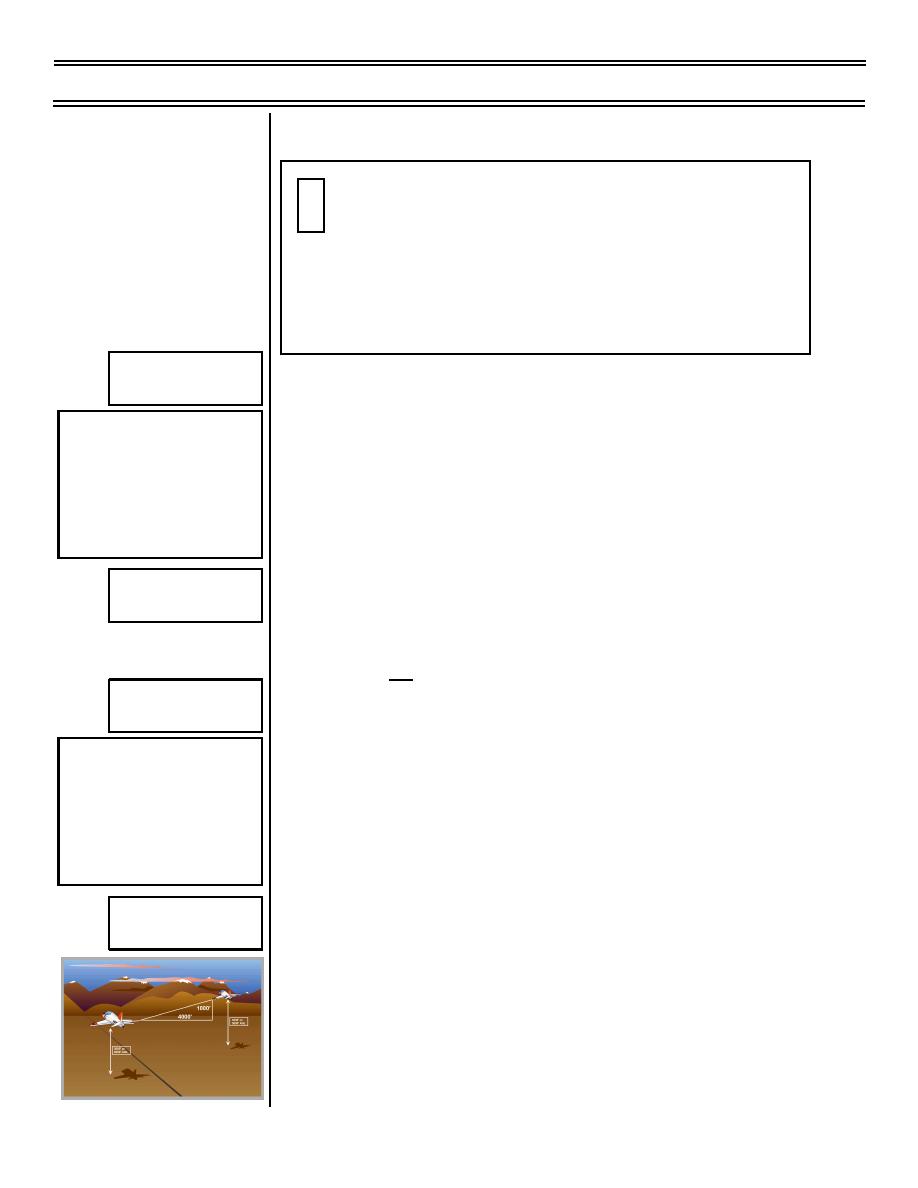
T-45C TS, ADV & IUT ONFP-02
Review of the ONav FTI
?
How do you know which spoke to follow?
ANSWER: Draw your spokes from recognizable points,
keeping about a 10 degree difference. Follow a heading from a
recognizable checkpoint. If there are no recognizable
checkpoints, fly your planned heading from the coast-in point.
Sg 5, fr 2
Lesson Organization
REVIEW OF THE ONAV FTI
V.
Low Altitude Attacks 4.7.1.3.1
*
Procedures for visual low-level navigation
*
Determination of position
*
Time corrections
A. Considerations
*
Course corrections
Lowaltitudeattacks
*
*
Two plane road reconnaissance,
low-level route
*
Hazards of low altitude flight
1.
Low dive angle minimizes exposure time to ground
*
Safety concerns of low altitude flight
*
Deteriorating weather
*
Flying bingo profile
threat
*
Entry/exit communication
*
System Navigation
2.
High dive angle maximizes accuracy of attack and
Sg 5, fr 4
Fig 8: Target
effectiveness of weapons
NOTE: Performed only on road recce flight events;
not permitted by students at low altitude.
Sg 6, fr 2
VI. Two Plane Road Reconnaissance, low-level route
Lesson Organization
4.1.13.4.4.1
REVIEW OF THE ONAV FTI
*
Procedures for visual low-level navigation
A. Follow road, railroad, river, etc. within training route
*
Determination of position
*
Time corrections
*
Course corrections
*
Low altitude attacks
Twoplaneroadreconnaissance,
*
B. Formation for road reconnaissance
low-levelroute
*
Hazards of low altitude flight
*
Safety concerns of low altitude flight
*
Deteriorating weather
1.
Combat Spread
*
Flying bingo profile
*
Entry/exit communication
*
System Navigation
a.
Tactical lead (TACLEAD) in level flight at 300
Sg 6, fr 4
KTAS
Combat Spread
b.
Wingman flies a position either side of
TACLEAD, 4000 ft abeam and stepped up
1000 ft
NOTE: Procedures and techniques for flying
learned in TacForm apply, but the distances
and altitudes vary (abeam distance is roughly
half that used in the TacForm/ACM stages).
(4-03) Original
Page 2-18




 Previous Page
Previous Page
